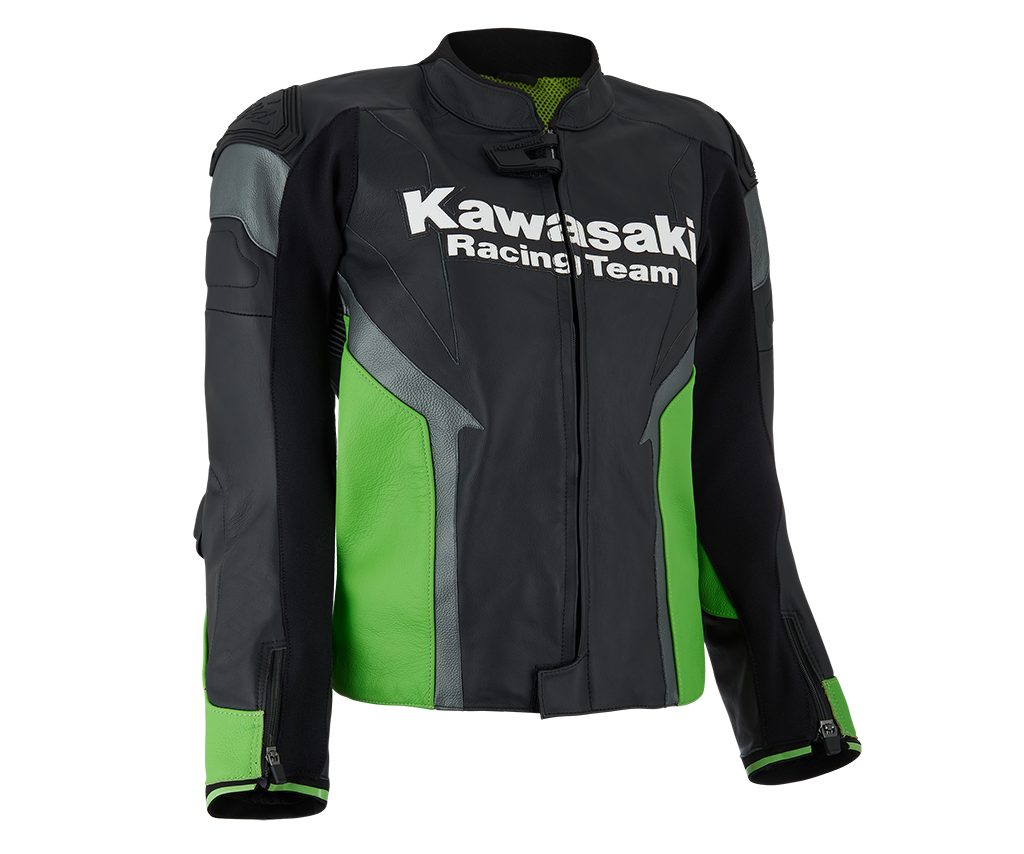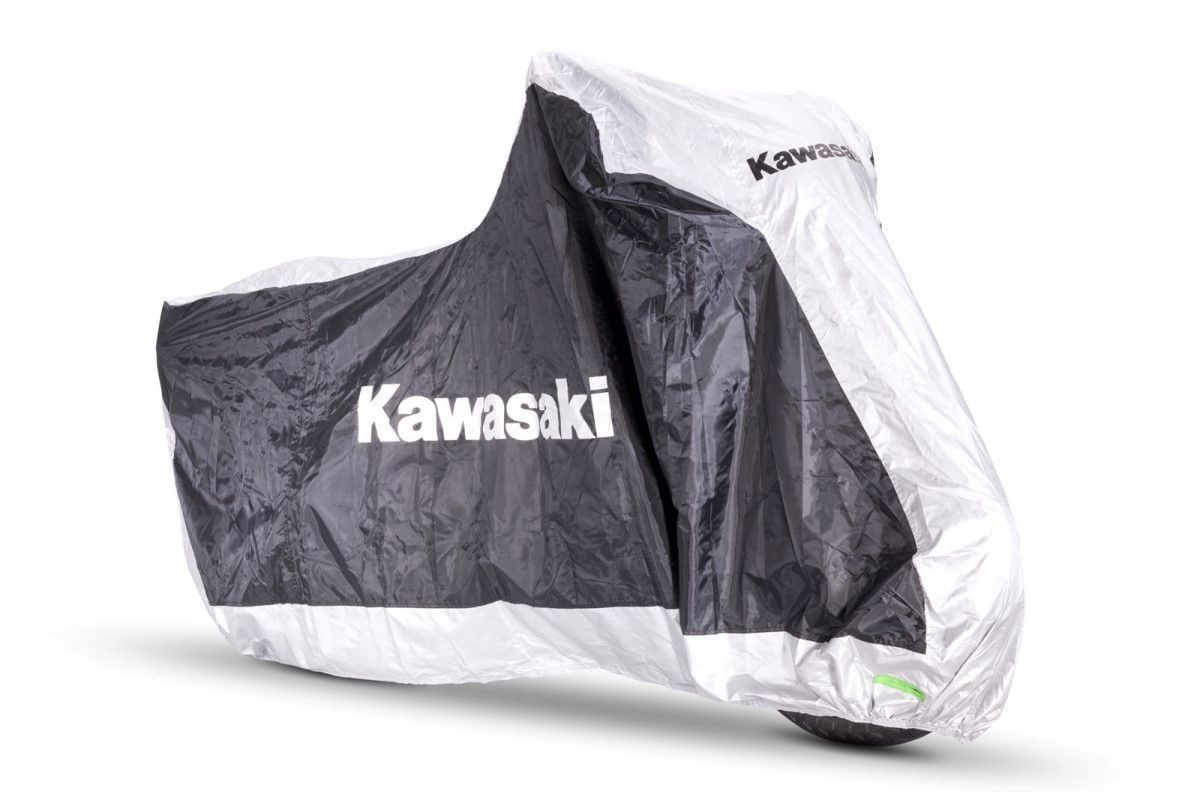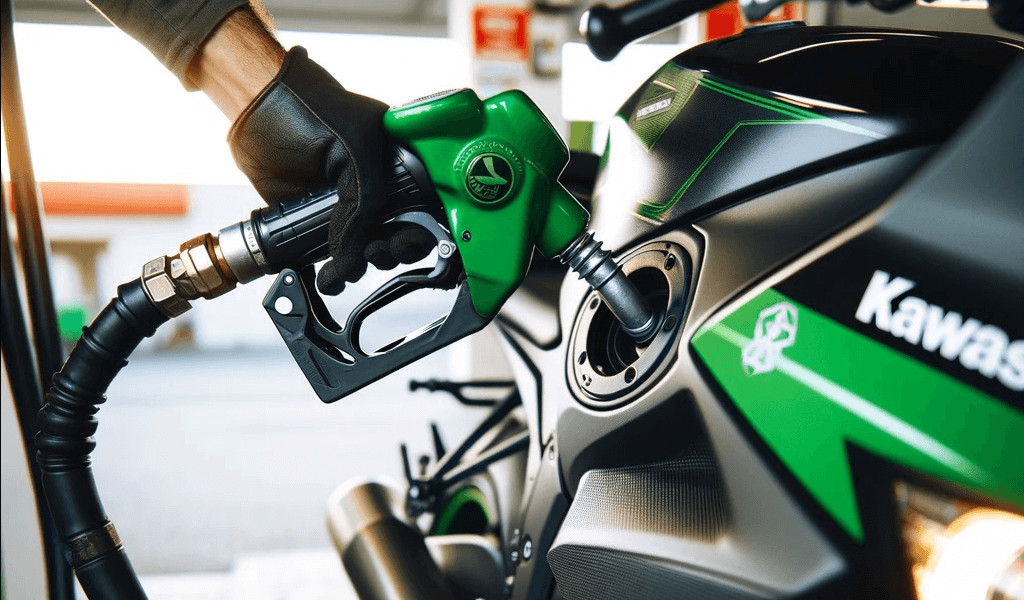To commemorate Kawasaki Motorcycles’ 70-year anniversary, AKM (American Kawasaki Motors) will mount a special exhibition to be held at the AKM Heritage Hall in Foothill Ranch, California as well as Kawasaki Good Times World in Kobe, Japan starting in September 2023. The displays will focus on the history of the motorcycle business in the U.S. market, which marked a major turning point in Kawasaki's overseas trading strategy.
Kawasaki’s path to success in the motorcycle industry, which began with the launch of the KE-1 motorcycle engine in 1953, was not a smooth one. Several efforts were made to try to expand sales, including working with trading companies to expand to overseas markets, in addition to a business alliance and subsequent merger with the Meguro Manufacturing Company. However, each of these efforts failed to produce the sales results that the Kawasaki factory in Japan had hoped for.

It was decided that selling directly to dealers would be the better business model, so in 1966 American Kawasaki Motors (USA) was established. Kawasaki’s US operations began with only 10 employees and adopted an innovative policy of “localism” before going on to develop motorcycles like the Kawasaki A1 Samurai 250, Kawasaki H1 500 Mach III and iconic Kawasaki Z1 900 for the U.S. market. Early on, Kawasaki USA launched a new kind of sales policy aimed at expansion that included the industry's first model year system and worked to strengthen relationships with dealers by setting up branches in every region of the U.S., thereby consolidating its base in the U.S. market.
In 1974, Kawasaki made a $20 million investment to build a manufacturing plant in Lincoln, Nebraska to be in-line with a coming shift to a floating exchange rate in the U.S. In fact, Kawasaki’s Lincoln plant became the first plant built by any Japanese car or motorcycle manufacturer in the U.S. It remains Kawasaki’s main plant outside of Japan to this day. It is where all Kawasaki Jet Ski personal watercraft and side by are still manufactured today.

Kawasaki started full-scale production of motorcycles over a half century ago. The first Kawasaki motorcycle engine was designed based on technical know-how garnered from the development and production of aircraft engines, and Kawasaki’s entry into the motorcycle industry was driven by the company’s constant effort to develop new technologies.
Numerous new Kawasaki models introduced over the years have helped shape the market, and in the process have created enduring legends based on their unique engineering, power, design and riding pleasure. In the future, Kawasaki Motors, Ltd. is committed to maintaining and furthering these strengths using both internal combustions engines and green technologies such as EV and HEV which will surely give birth to new legends.










